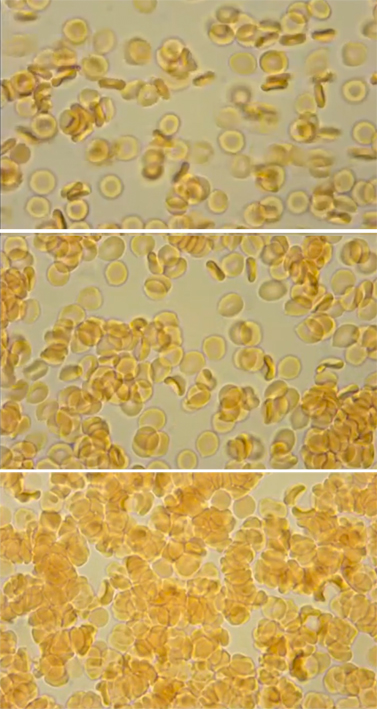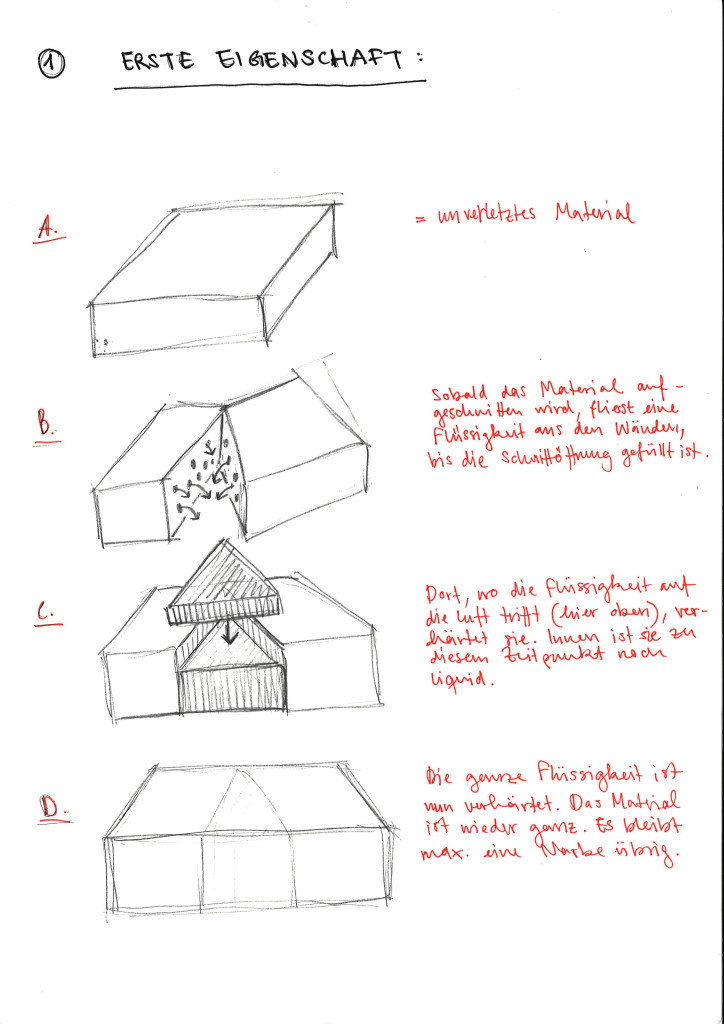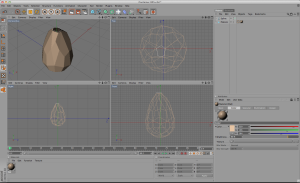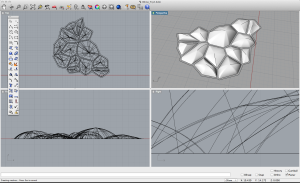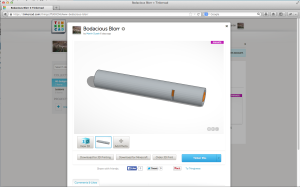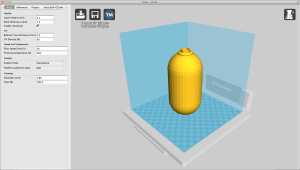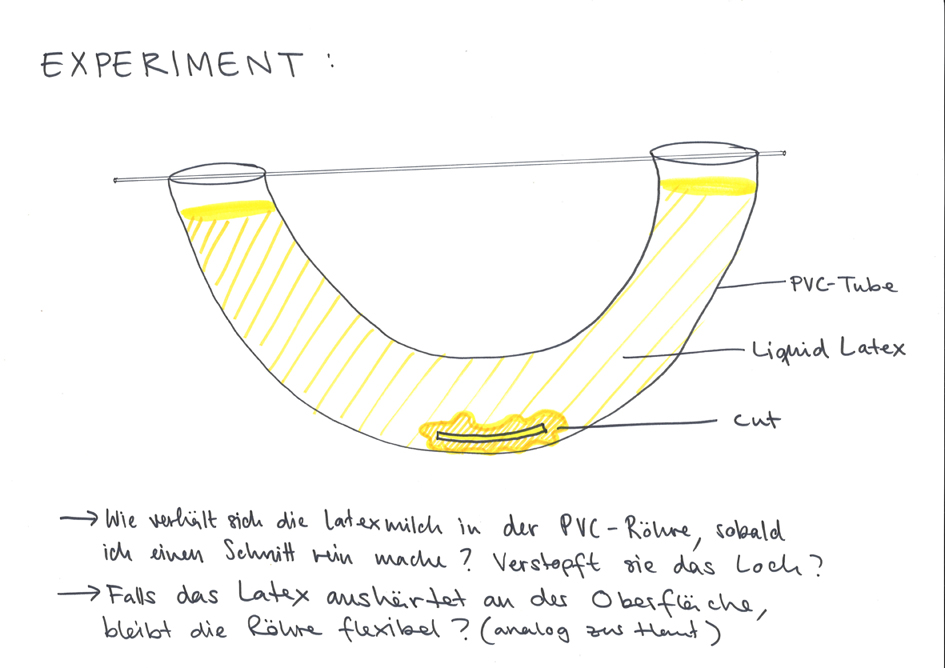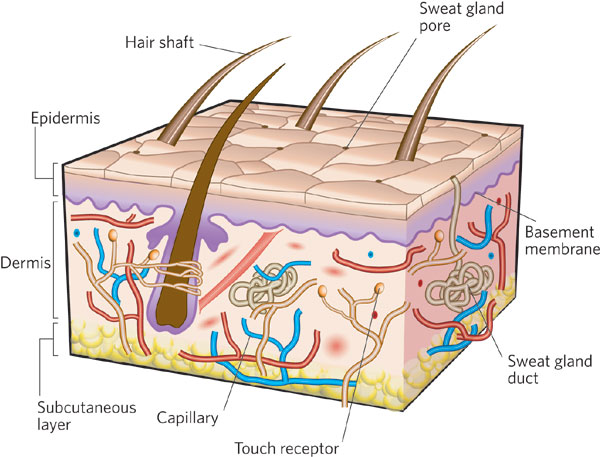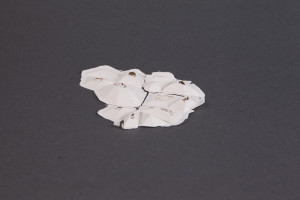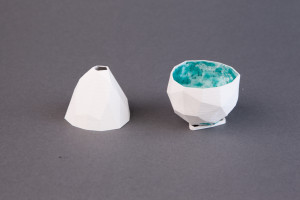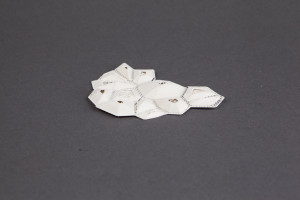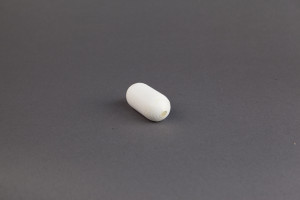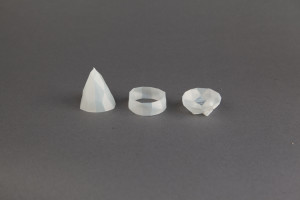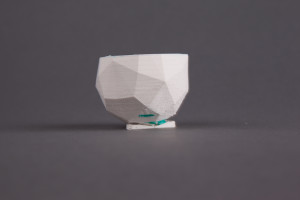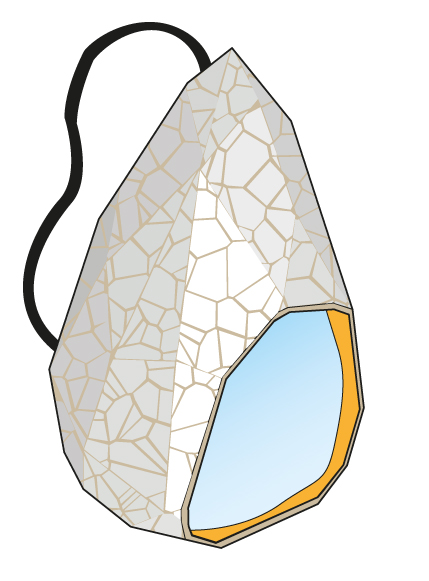19. January 2014
1. FROM CUTTING SKIN ...
As you can see in the title, the basic material was the skin, the human living one. And the fabrication method was cutting. From that subject, I came to the wound healing processes in the skin and the feature of the blood, that hardens at the air to close the cut.
2. Computational Designs
The screen shots show some working steps in the programs I've learned and worked with during the course. It's Cinema4D, Rhino, Tinkercad and of course Cura for the Ultimaker.
3. First Ideas and Main Concept
The idea was to find one material that hardens at the air and a second one that could be used for the container. The container material had to be flexible like the human skin. For that I chose fluid latex and PVC tubes (see experiment in the video below).
The dermis respectively the capillary is in my project the material with the ability to close the wound ( fluid latex or the green Profex tire liquid). The voirol-like hard shell with the PVC wall under it is standing for the epidermis, the scarf-skin, which is protecting the inner skin layers and is still flexible.
4. Modelling and Fabrication process
The experiment shows that the fluid latex is a pretty good equivalent to blood. First it runs out, the PVC tube is bleeding. But after some seconds it stops and the fluid starts to harden. The latex that filled the cut is after the hardening process still flexible.
5. ... TO A SELF-HEALING WATER BAG
The final outcome would be a double-walled water bag. In the innerspace between the walls would be fluid latex, that could repair the outer PVC wall. On that PVC wall would be the scarf-skin-like polygon structure, that protects the lower wall and still has its the flexibility. Inside this bag is the second one, that contains water.
